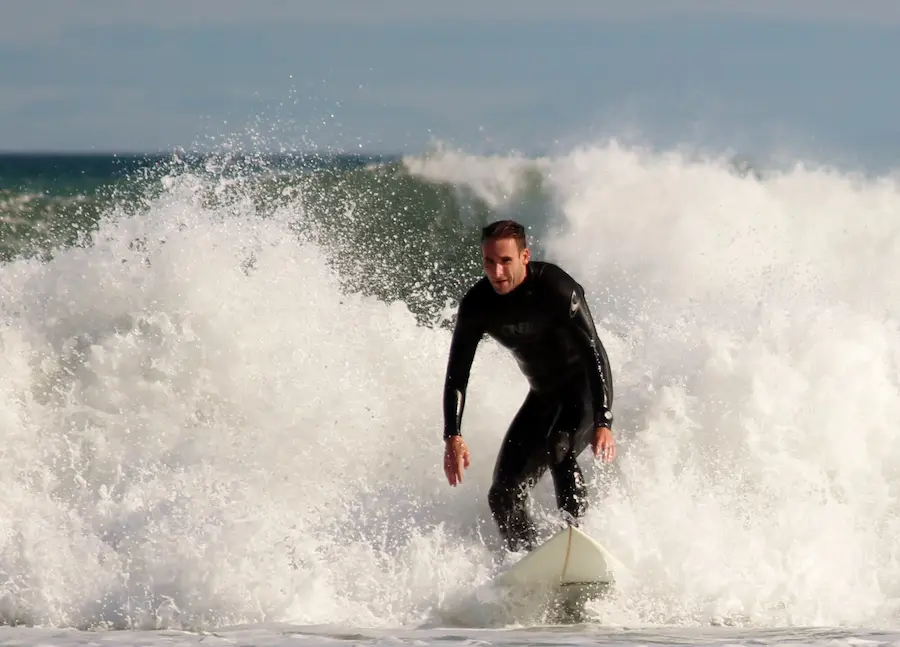Does your heart long for the sea, but your wallet ache at the realization of the cost of your underwater adventures?
Stick to land, and the water won’t look green but blue on your dives. Switch to a wetsuit and it won’t be because you’ll be wet, but because you’ll be doing dive work.
Dive into the wonderful world of types of wetsuits with this article and hit the water without it costing a wet.
Table of Contents
Neoprene Wetsuits
This is constructed from neoprene, a form of rubber. These wetsuits provide optimal protection from the elements, conforming snugly to the body and trapping a thin layer of water between the suit and wearer to insulate against the cold.
Additionally, neoprene wetsuits can vary in colors and prints for personalized style. For an individual looking for a durable, flexible wetsuit that stays dry and comfortable in the water, neoprene wetsuits are the perfect solution.
Full Wetsuits
They are designed to provide warmth, buoyancy, and protection from the elements. Full wetsuits are typically made from neoprene which is a synthetic rubber that has superior insulation qualities.
Most full wetsuits are used for chillier water activities such as surfing, paddle boarding, and scuba diving, but they can also be used for warmer recreational activities such as snorkeling and in some cases, swimming.
Spring Wetsuits
Most spring wetsuits are made with a neoprene material along with lycra, polyester, or spandex and are designed to trap a warm layer of water against the skin, keeping the wearer comfortable and warm even in cooler waters.
They are ideal for activities such as surfing, kayaking, and swimming as they provide extra warmth and buoyancy. Many models also feature sealed seams that are designed to keep these wetsuits and wind out and create a seal with the user’s body, making them ideal for cold weather conditions.
Cold Water Wetsuit
A cold water wetsuit is a type of wetsuit that is designed to keep the wearer warm in very cold water temperatures. It is made of thick neoprene material, which allows for a snug fit and great insulation.
Since cold water has such a low temperature, it is essential for anyone participating in water activities, such as diving, surfing, and sailing, to wear a cold water wetsuit. Different manufacturers have designed different categories of wetsuits for cold water with different suit thicknesses, colors, and styles to suit any user.
Short Arm Wetsuit
It is usually just one layer, and the arms usually finish at the elbows. The material used is usually nylon or neoprene, and the fabric is thicker near the core of the body for greater warmth and insulation.
The body of the new wetsuit is typically tinted grey or black, and the fabric is thicker near the core of the body for greater warmth and insulation. This type of wetsuit is great for warm water surfing because it offers just enough coverage and protection from the sun and cold water without sacrificing flexibility for the waves.
Explore The Different Types of Wetsuits
In conclusion, there are different types of wetsuits available for any situation. Whether you want a wetsuit for cold water diving or warm weather SCUBA trips, there’s a wetsuit that’s right for you.
Investing in the right wetsuit can make all the difference in your watersport experience; you’ll be better able to enjoy the moment! Visit a shop near you today to find the right wetsuit for you.
Did you find this article informative? Check out the rest of our blog for more!
